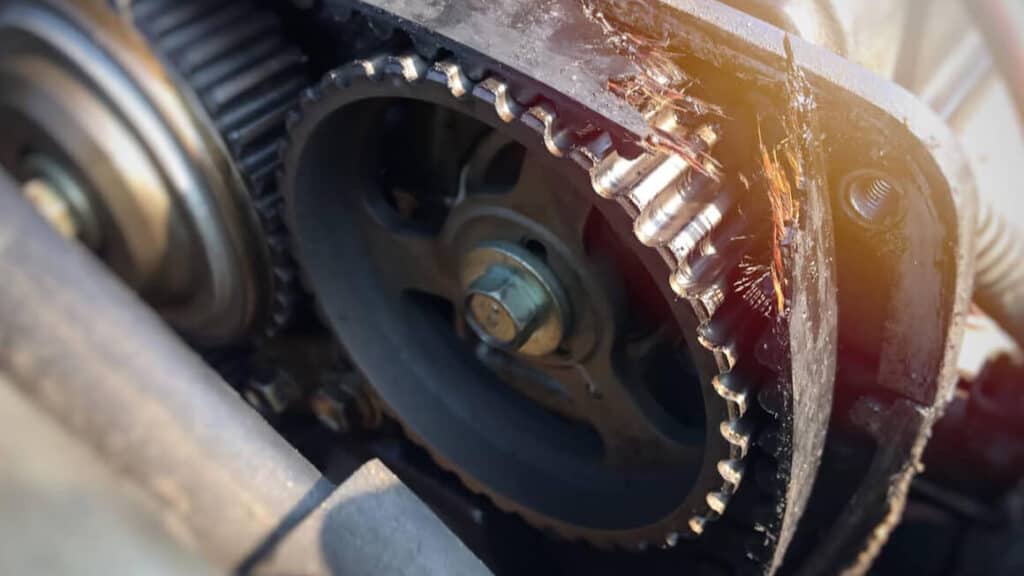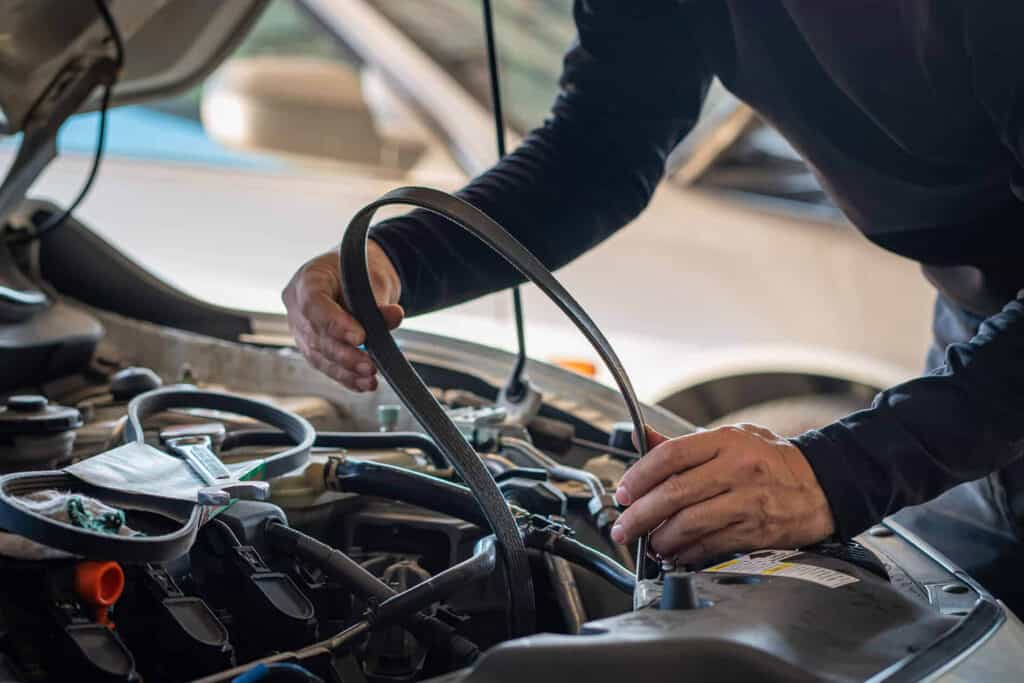Introduction
Picture this: You’re cruising down a quiet road, enjoying a smooth ride, when suddenly, a disconcerting noise emanates from under the hood, disturbing the tranquility. A quick peek inside reveals a frayed serpentine belt, the lifeline that powers essential components in your vehicle, from the alternator to the power steering pump. But how could this have been avoided? Could you have picked up on signs of wear and tear earlier, thereby preventing a roadside breakdown? Yes, you could — by using your five senses. This comprehensive guide will walk you through detecting serpentine belt issues before they escalate, using not just your eyes but your ears, touch, smell, and even intuition.

Visual Signs: The Eyes Don’t Lie
The first and most obvious way to detect a worn serpentine belt is through visual inspection. Regularly take a look under the hood and check for visible signs of wear on the belt. If you notice cracks, fraying, or chunks missing from the belt, it’s a clear indication that the belt is past its prime and needs replacement. Another sign to look for is glazing – a shiny appearance on the belt, often a result of slippage due to wear or misalignment. Remember, timely detection and replacement can save you from potential engine damage or even a roadside breakdown.
The Siren’s Call: Using Your Ears to Detect Trouble
Your ears can serve as excellent diagnostic tools when it comes to detecting serpentine belt issues. One common symptom of a worn-out belt is a high-pitched squealing or chirping noise, especially when starting the engine or during sharp turns. This sound often signals a loose or worn belt that’s slipping on the pulleys. Don’t ignore this auditory warning; it’s your car’s distress call for help. It’s time to give your serpentine belt some much-needed attention.
Tactile Diagnostics: Detecting Issues Through Touch and Smell
While sight and sound are two crucial senses for diagnosing serpentine belt issues, touch and smell can also come into play. Feel the belt for any rough spots or tears, and check the tension. A belt that’s too loose or too tight can indicate a problem with the tensioner, which can in turn accelerate belt wear.
As for your sense of smell, a burning rubber odor could signal a slipping serpentine belt or a seized pulley causing the belt to overheat. If you encounter this scent, seek professional help immediately to prevent further damage.

The Sense of Certainty: Calling in a Professional
Lastly, there’s your sense of certainty or intuition. If you’ve detected any of the above signs but aren’t confident about the next steps, or if you simply suspect something isn’t right with your vehicle, don’t hesitate to call in a professional. An experienced mechanic can perform a thorough check and either confirm your diagnosis or detect other issues you may have missed. They can provide expert recommendations on whether the belt requires immediate replacement or if minor adjustments can remedy the situation.
Understanding the early warning signs of a failing serpentine belt is an essential part of proactive vehicle maintenance. It not only prevents costly repairs but also ensures a smooth, hassle-free driving experience. By paying close attention and utilizing your five senses — sight, hearing, touch, smell, and intuition — you can address serpentine belt issues before they escalate, ensuring your vehicle remains reliable, safe, and road-ready.
Remember, as a responsible car owner, your role isn’t merely to drive but also to listen, look, feel, smell, and most importantly, act. Safe driving isn’t solely about obeying traffic rules; it’s also about understanding and responding to your vehicle’s needs.
